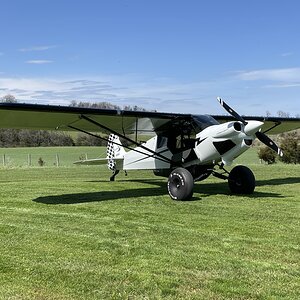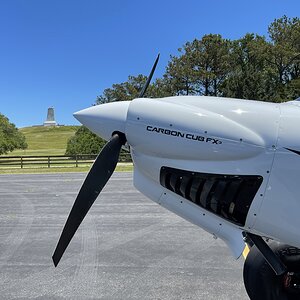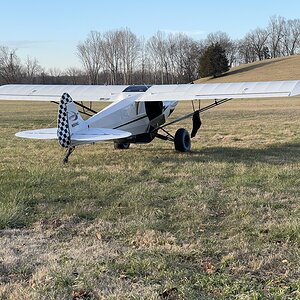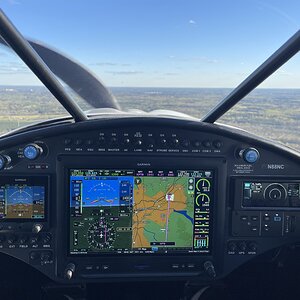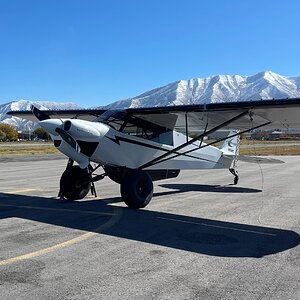Wouldn't it be a good idea when descending on an ILS approach, to use your "radio altimeter" and use the "DH" to judge when you arrive at your landing minimums instead of using your "barometric altimeter" and "DA?" I would think the RA would be much more accurate then all the errors associated with the barometric altimeter, especially during pressure changes such as when t-storms start and end, frontal passages and along frontal lines. Barometric altimeters are subject to +/- 75 foot errors which could mean the difference between landing and deciding to go missed !
Just a thought - would like to hear others' opinions
Just a thought - would like to hear others' opinions

